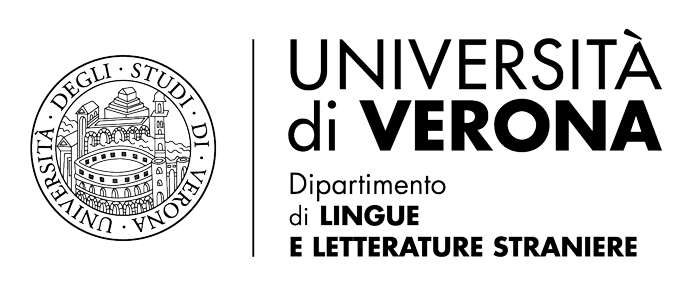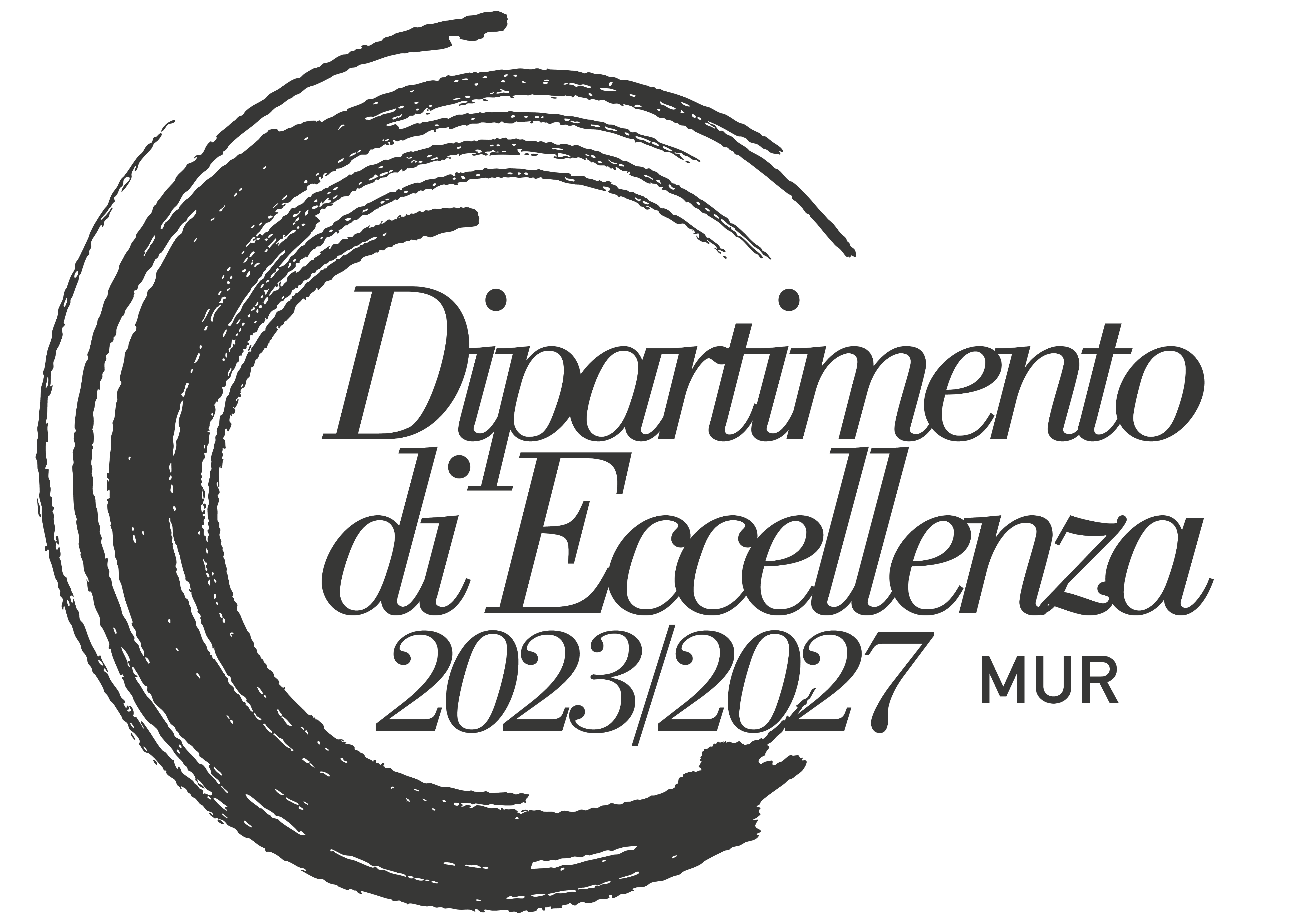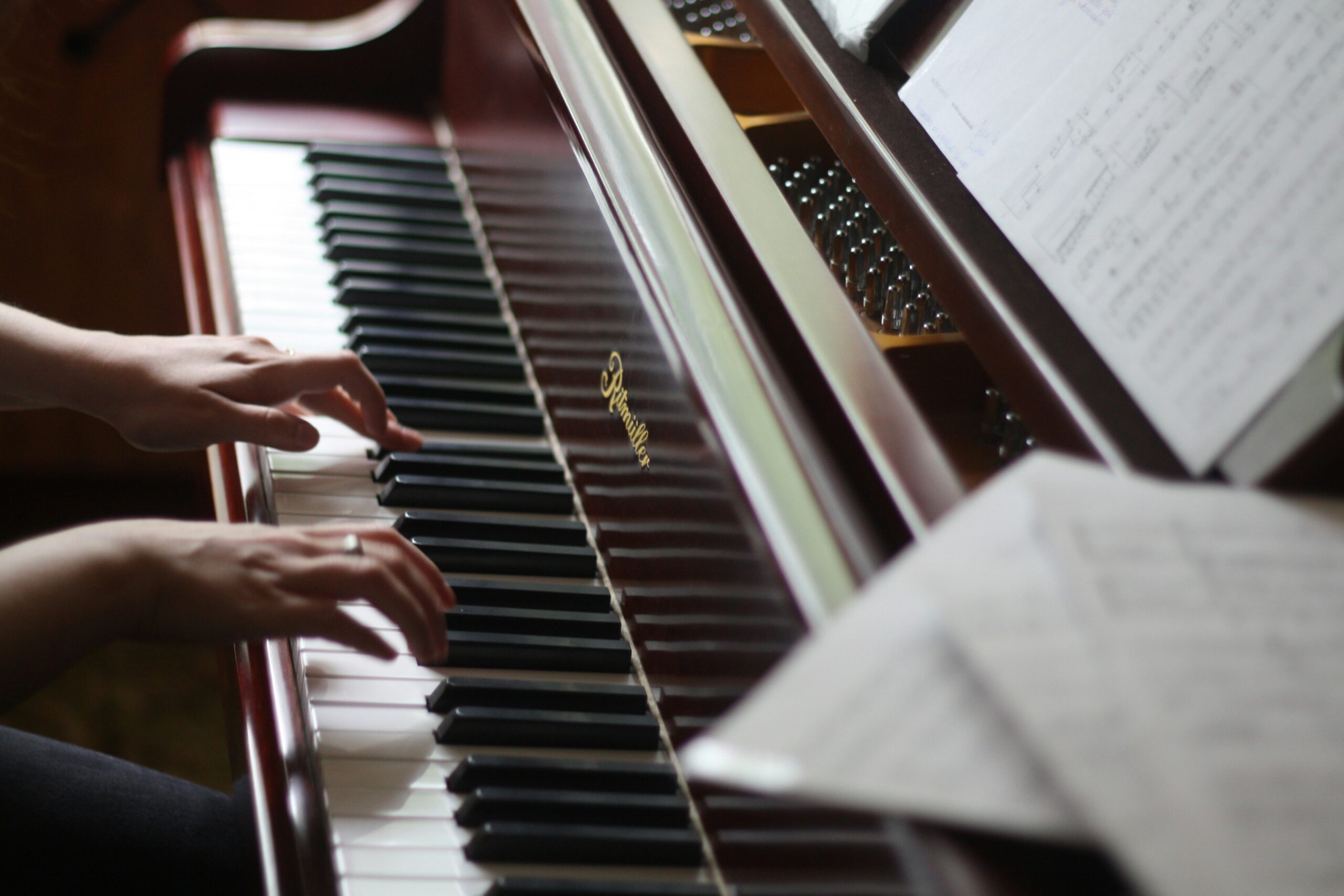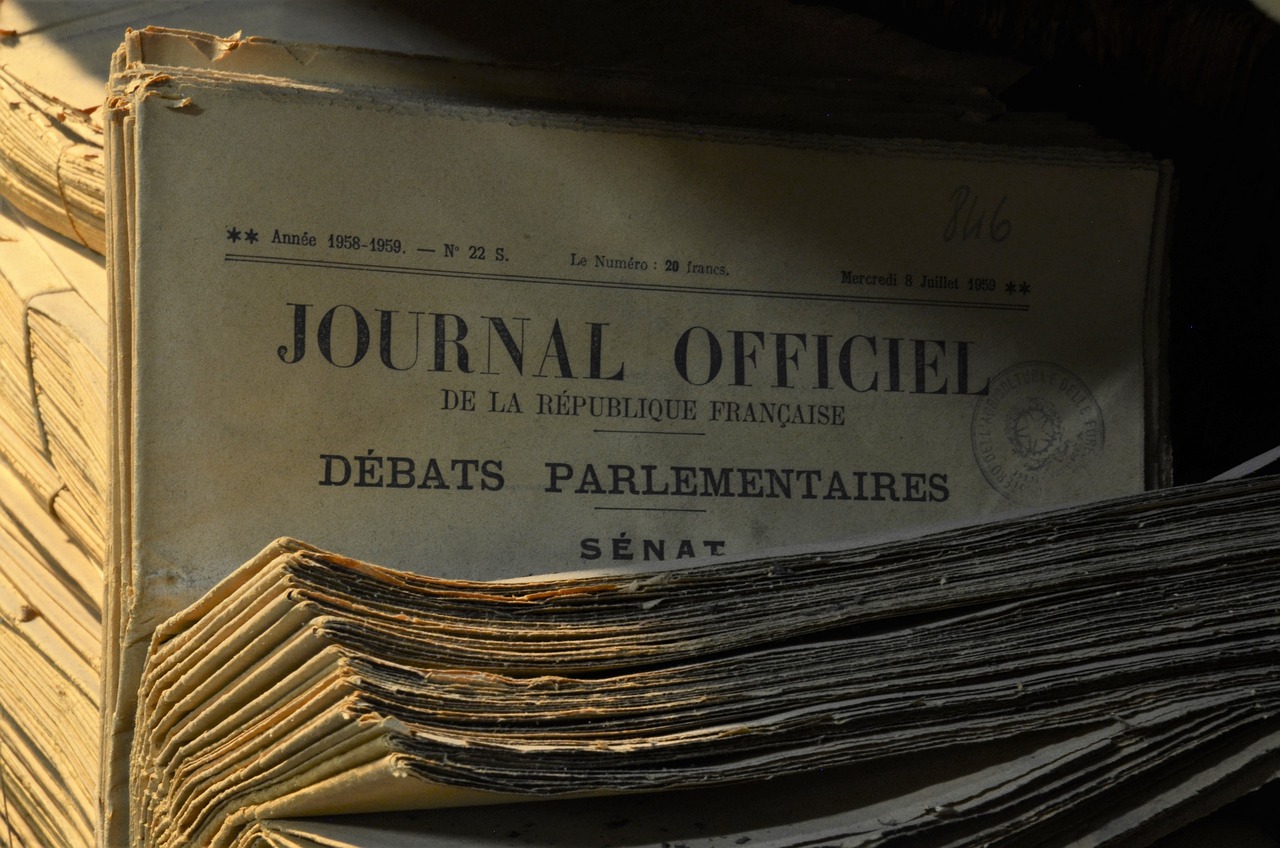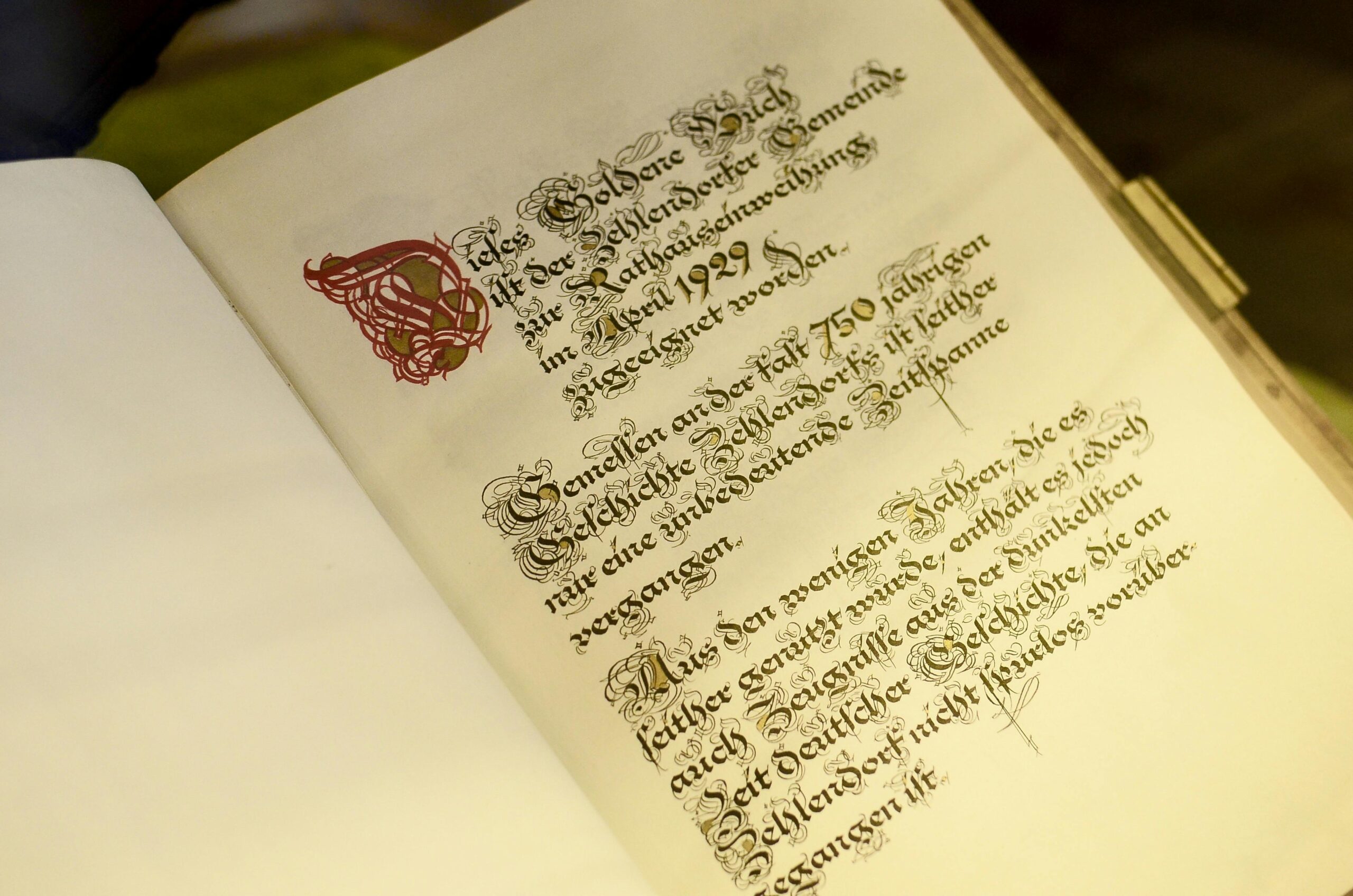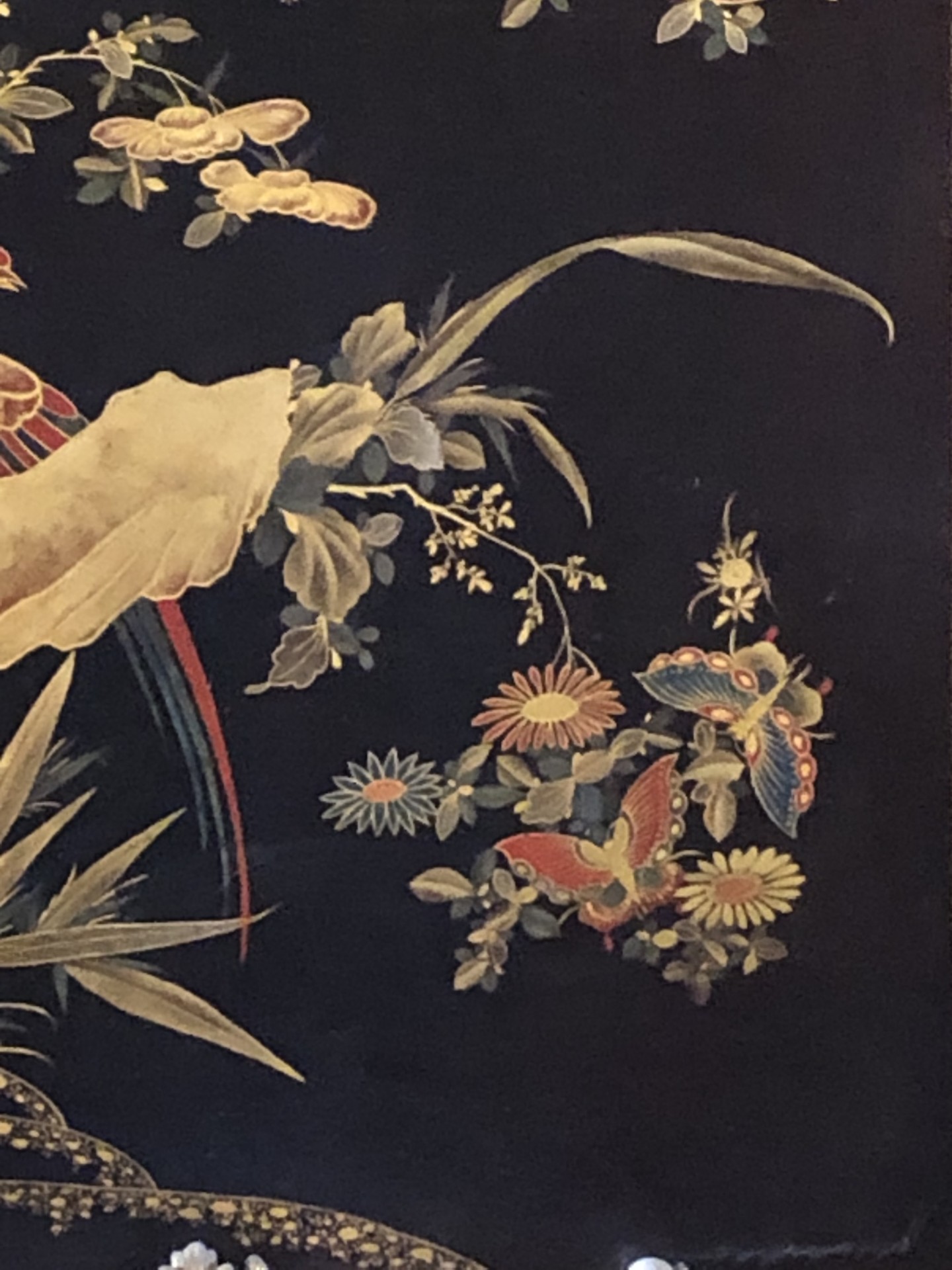-
“Rossiysky Featr – Music sources of the Russian Empire, 1730-1836”: elaboration of an open-access digital archive of primary sources witnessing operatic life;
-
The “Russian fund” preserved at the Library of the Conservatoire “Santa Cecilia” in Rome: classification, digitalization, and selection of sources for publication;
-
“14×14″: scientific reconstruction and cultural dissemination on the them of the grand tour of the ‘counts of the North”, – Grand Duke Pavel Petrovich Romanov and his espouse Mariya Fyodorovna – in the years 1781-82;
-
Sheremetev project: publication of the correspondence Hivart – Sheremetev in original French/Russian with English translation;
-
An Ill-Fated Knight: publication of the documentary edition of the opera Gorebogatïr’ Kosometovich by Catherine the Great and Vicente Martín y Soler (1788-89).
-
Matteo Lissandrini (Associate professor of computer science)
-
Anna Stetsenko (assistant researcher)
- Sofia Cappelletti (Bologna, Scuola di specializzazione in Beni musicali – intern at Dip. Lingue e letterature Straniere UniVR)
- Roberto Giuliani, Luca Cianfoni, Francesca Candeli (Rome, Biblioteca del Conservatorio “Santa Cecilia”)
- Bella Brover-Lubovsky (Jerusalem Academy of Music and Dance)
- John A. Rice (independent researcher)
- Inna Naroditskaya (Northwestern University -Northwestern Bienen School of Music)
Giust, Anna, “When Music Suits Diplomacy: the grand tour of Pavel Petrovich Romanov, 1781–1782”, Cadernos de Queluz, Diplomacy and Aristocracy as Patrons of Music and Theatre in Europe of the Ancien Régime, a cura di I. Yordanova e F. Cotticelli, Hollitzer Verlag, Wien 2019, pp. 63-92
Giust, Anna, “International Networking in Russian Music Theatre around 1800: Sheremetev, Yusupov and Grand Duke Pavel Petrovich”, Nineteenth-Century Music Review, vol. 20/2 (2022), pp. 261-284 (DOI: https://doi.org/10.1017/S1479409822000131)

